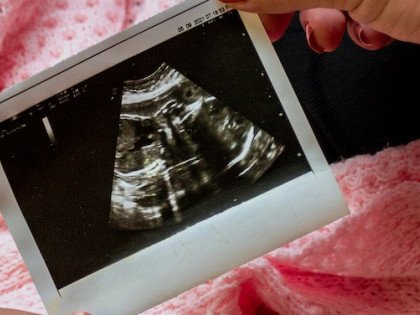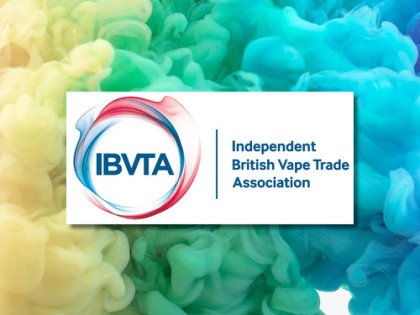“Despite the popularity of JUUL, little is known about the composition of JUUL aerosol,” write the team, despite there being a wealth of evidence about the constituents of vape.
They took JUULs and took 20 artificial puffs of 2.8-seconds each, 79mL in volume, and had a 30-second break between puffs, in their self-designed vaping machine (shown in the image on this page). Once more, the testing regime adopted by researchers fails to replicate the conditions experienced by vapers.
Hanno Erythropel said: “People often assume that these e-liquids are a final product once they are mixed, but the reactions create new molecules in the e-liquids, and it doesn't just happen in e-liquids from small vape shops, but also in those from the biggest manufacturers in the U.S.”
“We were able to detect acetals both in ‘Crème Brulée’ e-liquid as well as in the vapour generated from it.”
Co-author Sven-Eric Jordt added: “We were surprised that levels in JUUL vapor were already close to safety limits for workplaces where vanillin is used, such as in bakeries and the flavour chemical industry.”
Lacking any evidence to support the belief, the team also state that the presence of menthol, “a compound used to counteract nicotine’s bitterness”, may increase nicotine intake. Also, this fails to recognise that nicotine presents all the danger of caffeine.
They concluded: “Future e-cigarette regulatory policy should address the formation of new compounds with potential toxicologic properties within e-liquids, JUUL menthol levels that may increase nicotine intake, and flavour exposure effects in e-cigarette users as also recently highlighted by the U.S. Food and Drug Administration.”
Juul spokesperson Ted Kwong knocked the research and called it “unrealistic”. He added that users, "would have to consume at least seven Juul pods, and likely much more, in a single day" to reach the exposure levels seen in the study.”
“The researchers created a risk assessment model based on an occupational environmental standard for ambient air, which, as applied to analyses of vapour products, assumes a person would inhale only aerosolised vapour for eight hours per day, five days per week, for decades. The result was to create a false equivalence and a measurement of exposure that would never be found in the real world.”
Resources:
- “Flavorant–Solvent Reaction Products and Menthol in JUUL E-Cigarettes and Aerosol” by Erythropel, Davis, de Winter, Jordt, Anastas, O'Malley, Krishnan-Sarin, and Zimmerman - [link]
Dave Cross
Journalist at POTVDave is a freelance writer; with articles on music, motorbikes, football, pop-science, vaping and tobacco harm reduction in Sounds, Melody Maker, UBG, AWoL, Bike, When Saturday Comes, Vape News Magazine, and syndicated across the Johnston Press group. He was published in an anthology of “Greatest Football Writing”, but still believes this was a mistake. Dave contributes sketches to comedy shows and used to co-host a radio sketch show. He’s worked with numerous start-ups to develop content for their websites.
Join the discussion
Expert Reaction to Pregnancy Study
Experts have reacted to the QML study of impacts of vaping in pregnancy and comparison with smoking
Study: Vapes Help Pregnant Quitters
A new study from Queen Mary University of London finds that vapes help pregnant smokers quit and pose no risk of poor pregnancy outcomes
IBVTA responds to UCL study
The Independent British Vape Trade Association has responded to University College London research and said the findings show the Government’s smoke-free ambition is stalling
Cochrane Review Echoes Swedish Success
The Cochrane Review echoes the Swedish approach, finding less harmful alternatives like vaping are superior to other quit methods, says Smoke Free Sweden






-listing400.jpg)




